BCCI handled a major share of foreign exchange business in the 1980s generated from Seychelles’ main business of tourism; the largest number of tourists came from Europe and Middle East where BCCI already had a presence.
Country information
Seychelles is composed of two main islands groups with about 115 islands in the western Indian Ocean and is one of the world’s smallest countries.
The Mahe group has more than 40 central mountainous granitic islands and a second group of more than 70 outer, flat, coralline islands.
The countries closest to Seychelles are Kenya, around 1,000 miles to the west, and Madagascar, which lies about 700 miles in the south.
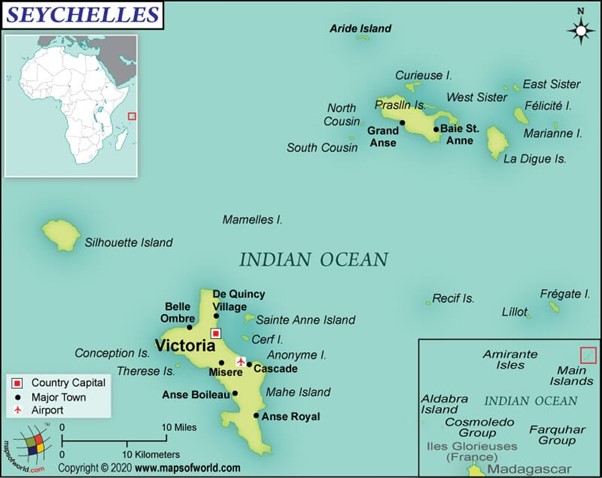
History
Seychelles was discovered by the Portuguese led by the famous Vasco da Gama in the 16th century.
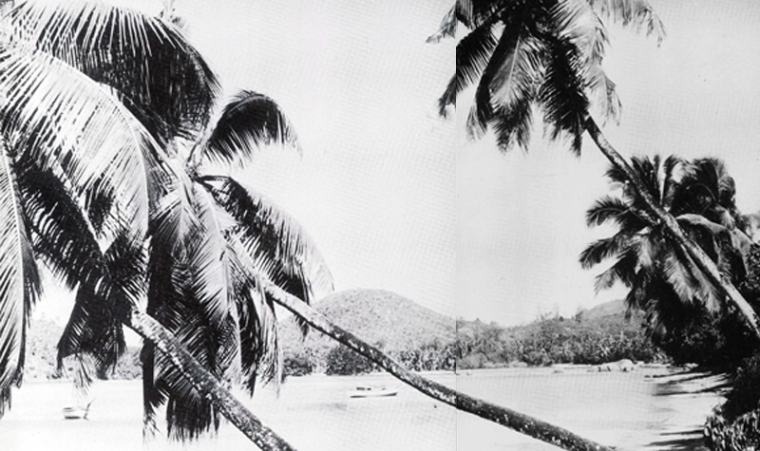
The islands were uninhabited until the 18th century when Europeans arrived with enslaved Africans. It faced competing for French and British interests until coming under full British control in the late 18th century and was a transit point for trade between Africa and Asia,
In 1976, Seychelles was granted independence from the United Kingdom and became a republic.
.svg_0.png)
(1977–1996)

Flag of Seychelles officially approved on January 8, 1996.
The charm of the Seychelles was in its isolation, peacefulness, its unspoilt beauty and its cheerful easy-going people. Sailing, diving, fishing and relaxing were the main attractions for visitors to the islands.
Mahe, Praslin and La Digue were the most popular islands with pristine silver beaches.
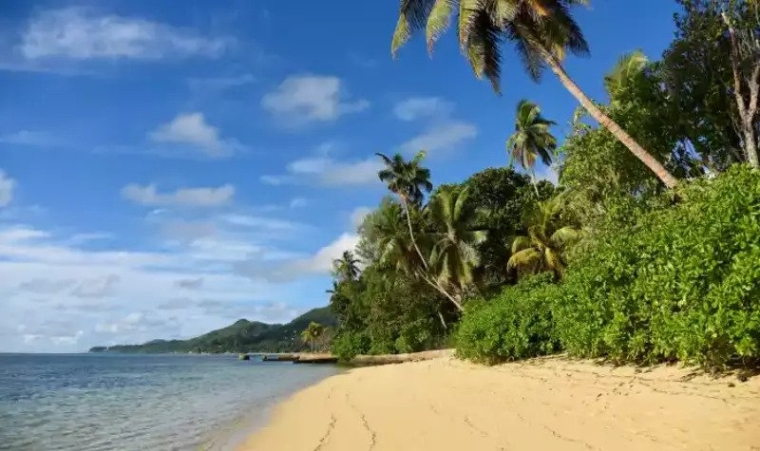
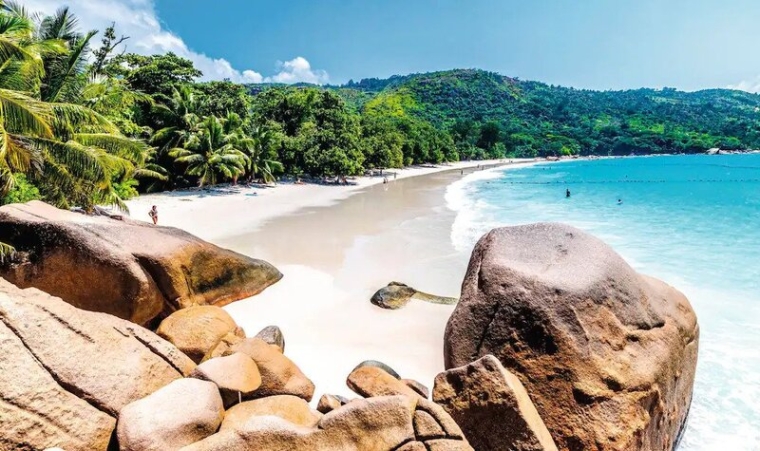
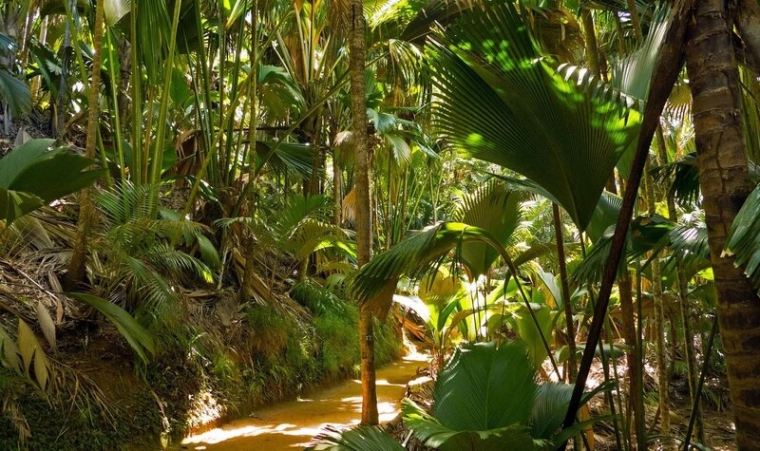
Mahe was the principal and largest island where 90 percent of the population live. The capital, Victoria, was on the island of Mahe.
Population and language
Seychelles’ population was about 60,000 in 1976 when BCCI established its presence in the islands.
Seychelles culture and society was an eclectic mix of French, British, and African influences.
French and English were the official languages. Seychellois Creole, a mix of languages, was often spoken.
Economy
Since independence in 1976, Seychelles had developed from a largely agricultural society to a market-based diversified economy, characterised by rapidly rising service, public sector and tourism.
The main crops were coconuts, copra, cinnamon, vanilla.
However, with the increasing number of tourists, Seychelles’ mixed developing economy became heavily dependent on the tourism industry.
Seychelles main exports were oil products, copra, and engine parts. Main imports were foodstuffs and manufactured goods.
BCCI in Seychelles
The main business in Seychelles was tourism.
BCCI (Bank of Credit and Commerce International SA) opened its branch Seychelles’ main island of Mahe on 22 May 1976. Mahe was the gateway to all of Seychelles islands.
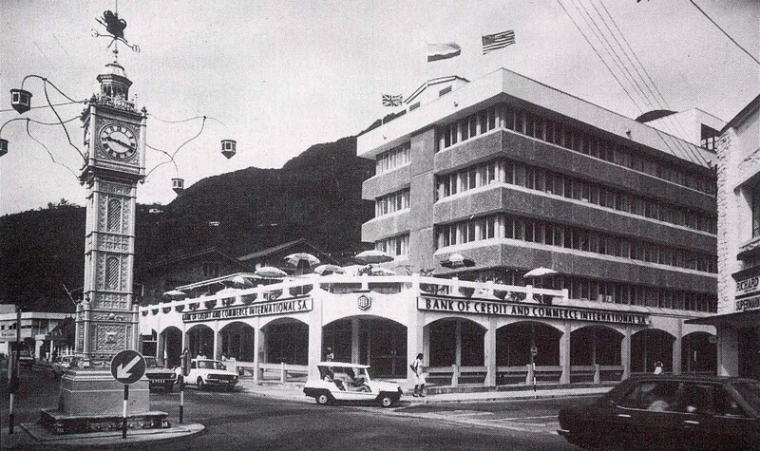
.jpg)
BCCI Seychelles branch in a dominating position in Seychelles’ capital. Mahe, where 90 percent of the population lived.
Victoria branch was located at:
State House Avenue
PO Box 579
VICTORIA
MAHE
Phone 22303
Telex 2262 BCCI SZ
BCCI Seychelles conducted retail, commercial banking operations both domestic and international in Sudan, including short-term trade financing.
The branch handled the largest foreign exchange business out of the six banks operating in Seychelles, and this was acknowledged by the Seychelles Monetary Authority.
BCCI Seychelles also opened a booth at the airport to attend to the immediate needs of the arriving tourists and ensure that BCCI remained the leading bank handling tourism business.
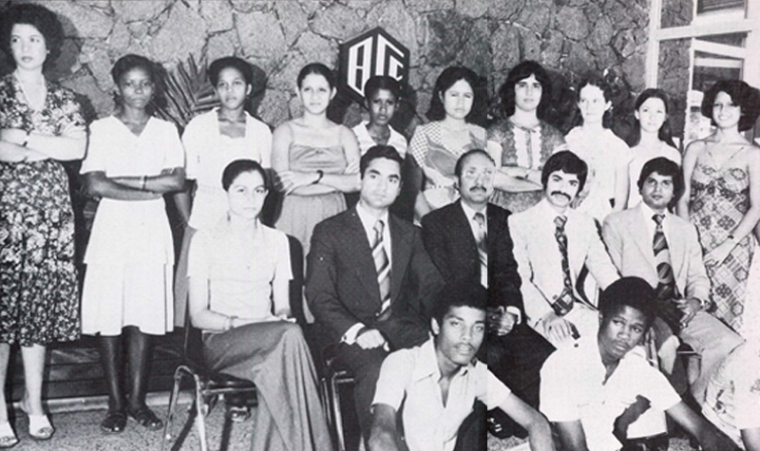
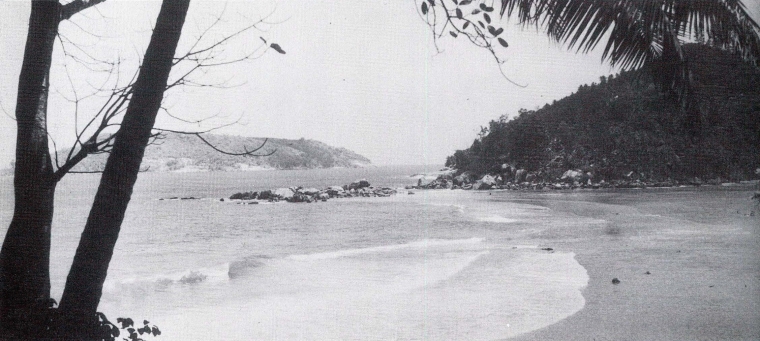
BCCI closure
On 5 July 1991 the Bank of England and other regulators in the west decided to freeze BCCI Group's assets and abruptly shut down BCCI's operations worldwide.
The priority of the governments and central banks in some countries was to protect their people and the local operations of BCCI continued in a different name after the assets and liabilities were acquired by private investors or another bank.
The Central Bank of Seychelles received offers from interested buyers for BCCI's operation in Sierra Leone. One was the Seychelles International Bank, a newly government sponsored bank. The Central Bank rejected the offers and placed BCCI Seychelles branch in liquidation with DRT as agent of the liquidator of BCCI. The Central Bank also place restrictions on remittance of funds outside the country if a sale to another party went ahead or liquidation took place. No further information is available.
The BCCI Group majority shareholders considered the abrupt action by western central banks to shut down BCCI in 1991 was unjustified when they already had detailed discussions with the Bank of England and other regulators on a restructuring plan and would have injected further capital, if required.
In a 24-page report not made public but sent to some 60 central bankers worldwide, the United Nations Center on Transnational Corporations said that by simply shutting down the 70-nation banking network that financed international trade of $18 billion a year, the economic damage fell hardest on countries like Nigeria, Bangladesh and Zambia, where B.C.C.I. was an important institution. (New York Times, Feb 5, 1992)
